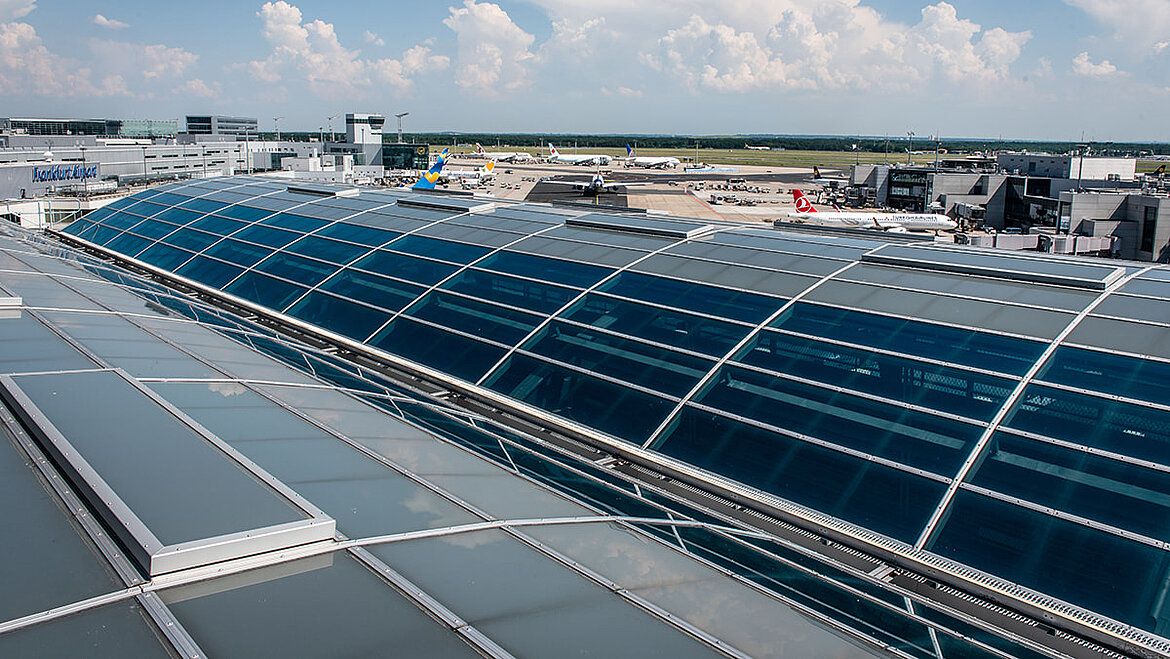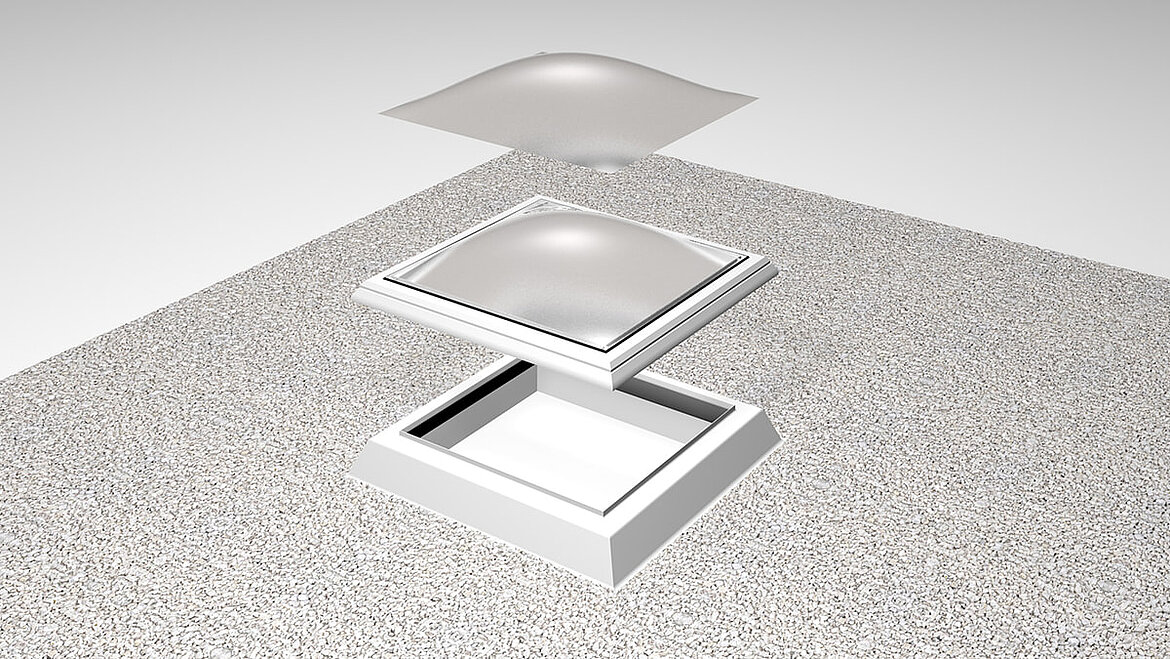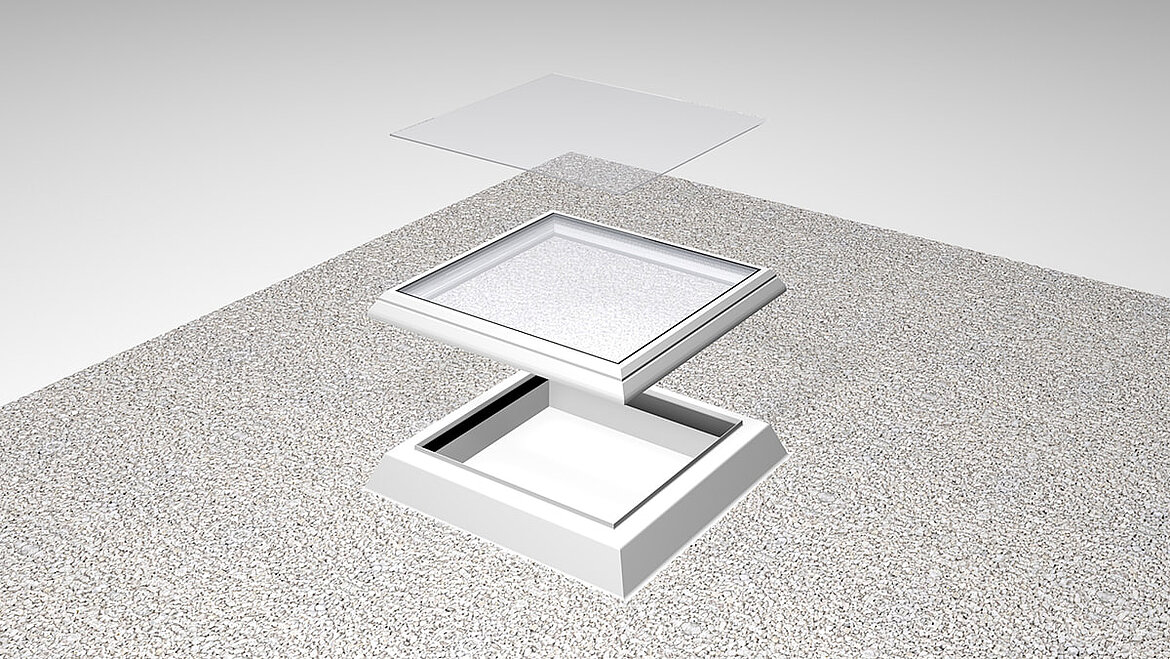Finding the right sound insulation value for skylights

It is no secret that sound noise can have devastating health effects. On the one hand, buildings must therefore shield traffic and environmental noise from the outside, but on the other hand, noises generated inside buildings, such as industrial sites or public spaces such as airport train stations, must not be allowed to escape unhindered. Essential here: noise protection - a topic for architects, roofers and planners. It is therefore important to find the right sound insulation value for skylights. To do this, it is necessary to determine the correct sound insulation value. Since Rw and Rw,P only refer to values measured in the laboratory, the R'w ("R dash w") must be used to determine the final sound insulation value exactly.

This indicates the values of the daylighting element installed in the building, including all installed components. In common practice, however, it is necessary to reduce Rw by 2dB to simulate real conditions. Important: To which component does this value refer? Often only the manufacturer's specification of the glazing is used for tenders. But a pane of glass cannot be installed on its own. It is the overall construction which must insulate the sound. The risk for the roofing contractor is therefore immense: if the final installed element does not meet the value specified in the specifications, subsequent disputes and possibly high costs are the result.
Overcoming high sound insulation requirements with the overall construction

This can lead to problems, especially in case of special sound insulation requirements, such as for event locations, concert halls or industrial plants located in the immediate vicinity of residential areas. That's why it is important to test the sound insulation sufficiently and to pay attention to important values already during the production of construction products.
"The job of the manufacturers of rooflight domes, continuous rooflights and flat roof windows is to support the processor and roofers in a legally compliant manner with regard to sound insulation requirements", explains Joachim Hessemer, technical Manager at LAMILUX.
Confronted with a special construction project, the manufacturer of skylights LAMILUX faced the challenge of meeting a value of 49 dB sound insulation for the entire element with 6 m² SHEV dark flaps when installed, required by the noise protection report – in an event hall in the residential area of a large spa town. LAMILUX then decided to take care of the test itself. In the measurement laboratory the developers rebuilt the constructions in their original size to ensure that they, as the manufacturer, could guarantee the necessary sound insulation with their products.
Sound insulation of skylights on the test bench
In contrast to classic windows, there have been few scientific studies so far on how glazing, frame materials, upstands, installation situations, roof insulation and roof sealing all combined affect the sound insulation value of rooflight domes, continuous rooflights and flat roof windows. That's why it is often difficult for roofers and architects to find the optimal solution. LAMILUX has therefore launched a development project to push this basic research for its own skylights. The results: Verifiable sound insulation values for all combinations possible. With the right product selection and combination of glazing and frame, the sound insulation value can already be increased by 3dB. The sound insulation value of the entire element is therefore legally secured – and thus also protects the processor from incalculable consequences.



